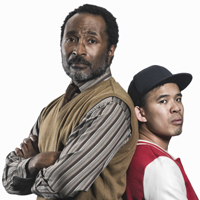

In fact, those 1980's journal entries only made what could have been a very good book terrible. While John's diatribes on the Reagan administration were interesting, but hardly seemed important to the story. One thing I really didn't understand was why Irving chose to intersperse the narrative with modern-day journal entries. But after the climax finally happened, the last hundred and fifty pages or so were very tranquil and dull, and in my opinion, not a good way to finish any book, especially this one. As the plot moved along, the intensity of the writing became flurried, and it seemed like Irving was struggling to fit everything he wanted to say into the space he needed. The chains never crossed and seemed separate from each other, and the constant running back to the beginning made it seem like I was going nowhere.Īfter the intial chapters, the book began to take on a more orderly timeline (not without multiple long-winded digressions), and I began to get a bit more interested.


For thirty pages, Irving would cover Owen Meany's childhood in one chain of interrelated events, and then another after. This feeling was probably because, for the first hundred pages or so, the book would backtrack. The book started off slow, and I felt at times that I was slogging through it. The narrative of A Prayer for Owen Meany does not follow a perfect chronology, as John pieces together the story he wants to tell. Peppering his narrative with frequent diary entries in which he chronicles his outrage against the behavior of the Ronald Reagan administration in the late 1980s, Wheelright tells the story of his early life in Gravesend, New Hampshire, when his best friend was Owen Meany, who he remembers as the boy who accidentally killed Wheelwright's mother and made Wheelright believe in God.

Writing from his home in Toronto, Canada in 1987, John Wheelwright narrates the story of his childhood.


 0 kommentar(er)
0 kommentar(er)
